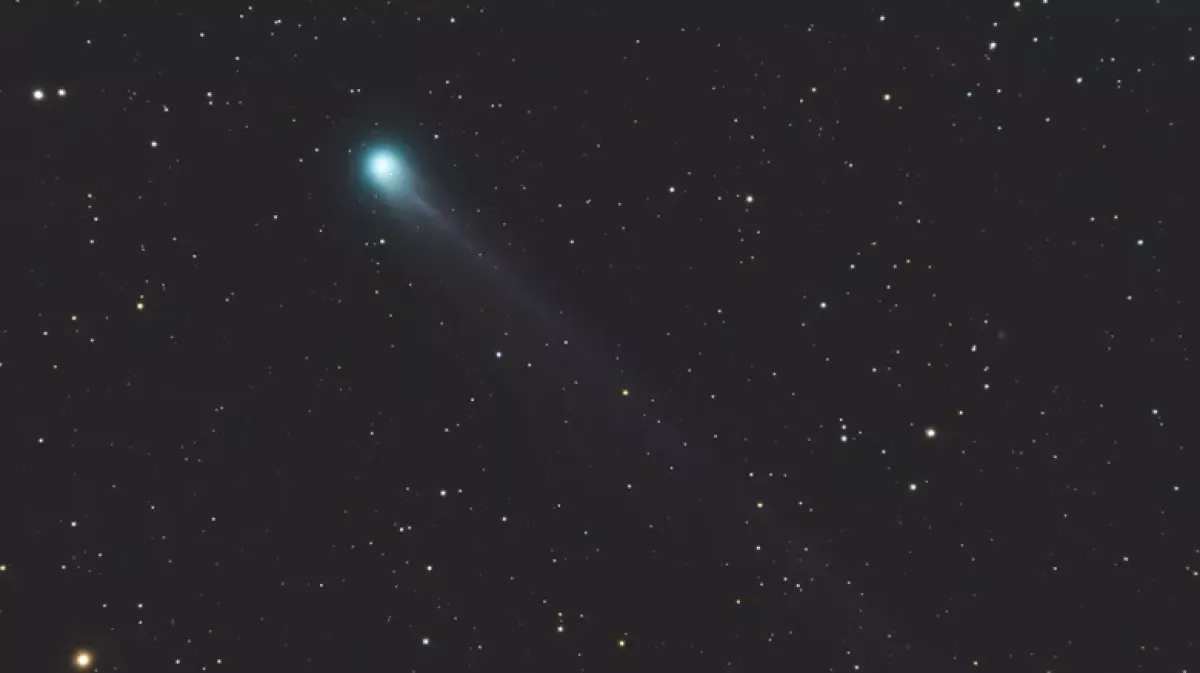Interstellar comet 3I/ATLAS sparks intrigue with mysterious acceleration, blue glow
Comet 3I/ATLAS, the third interstellar object to pass through our solar system, is captivating astronomers with its peculiar behaviour. Discovered by the ATLAS telescope in Chile on July 1, 2025, the comet has been rapidly accelerating near the Sun, emitting a distinctive blue hue.
While some have speculated it could be an alien spacecraft, experts suggest a more scientific explanation: the comet is likely shedding mass as it heats up, causing non-gravitational acceleration. This mass loss creates a plume of material, further adding to its unusual appearance, BGR writes.
The comet, which will pass within 170 million miles of Earth, is not a threat. It made its closest approach to the Sun on October 30 and will reappear on the other side in early December. While its exact size remains uncertain, NASA estimates it could be between 1,444 feet and 3.5 miles in diameter.

One of the comet’s most intriguing features is its unusual blue colour, which is not typical for a comet. This has led to theories suggesting it may be emitting ionised gas. Additionally, 3I/ATLAS is accelerating much faster than most comets due to significant evaporation, likely driven by sunlight.
Another mystery surrounds the comet’s high carbon dioxide levels, with a CO2-to-H2O ratio of 8:1, one of the highest recorded. This suggests it originates from a solar system with high carbon dioxide levels.
Astronomers believe the comet hails from the Milky Way’s central bulge, but how it ended up on its current trajectory remains unclear. While its behaviour is unprecedented, the comet offers scientists a rare opportunity to study an object from beyond our solar system and gain insights into the mysteries of the galaxy.
By Sabina Mammadli








